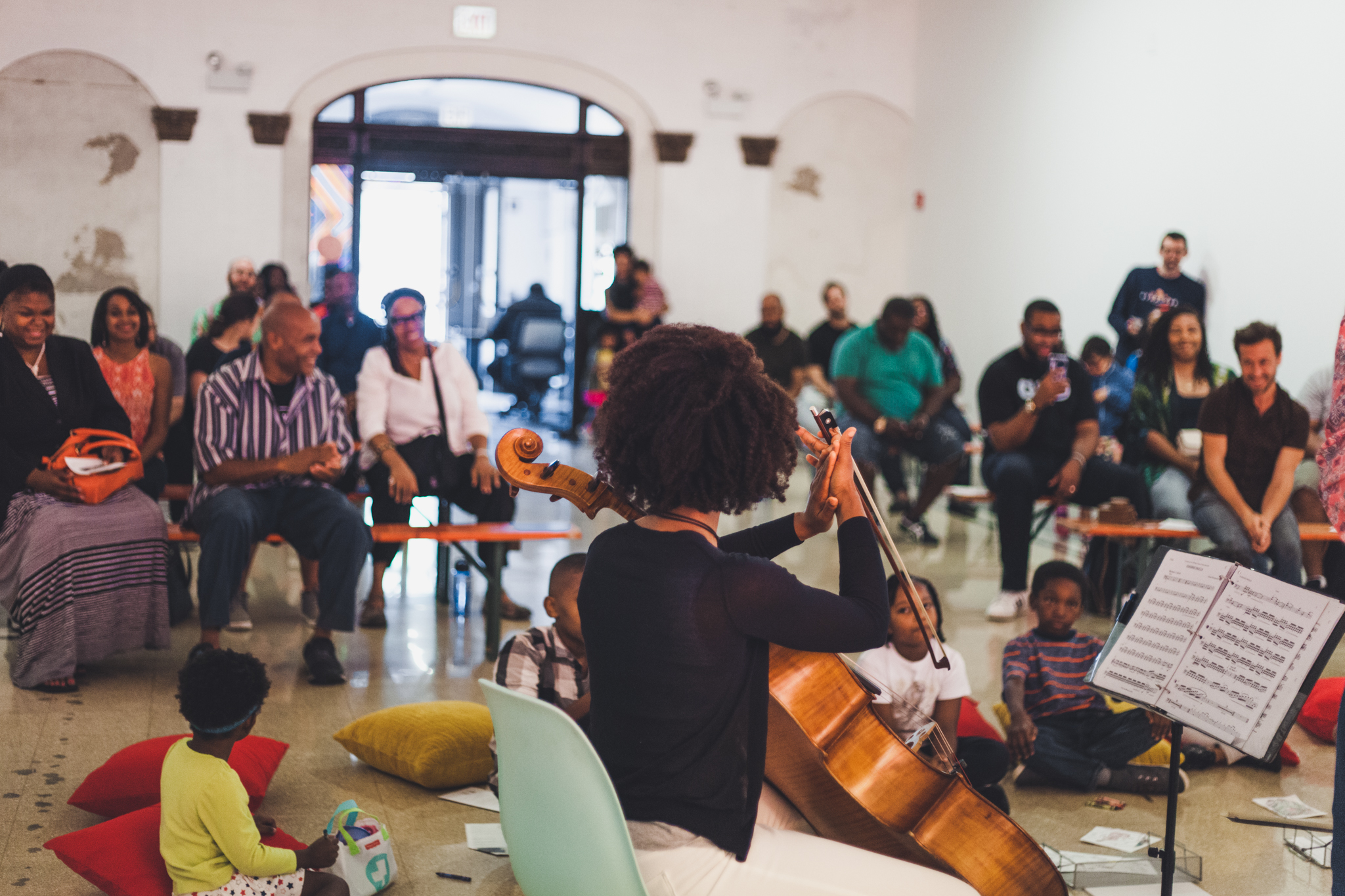
CEREMONIES: A SELECTION OF SHORT FILMS BY MARLON RIGGS
RSVP HERE In conjunction with EMERGENCE: Intersections at the Center, the current exhibition at the South Side Community Art Center, CEREMONIES will be screened IN PERSON, in partnership with South Side Projections. Co-curator of EMERGENCE and SSCAC Public Programs and Engagement manager zakkiyyah najeebah dumas-o’neal will lead a post-discussion with Aymar Jean Christian, associate professor of […]












